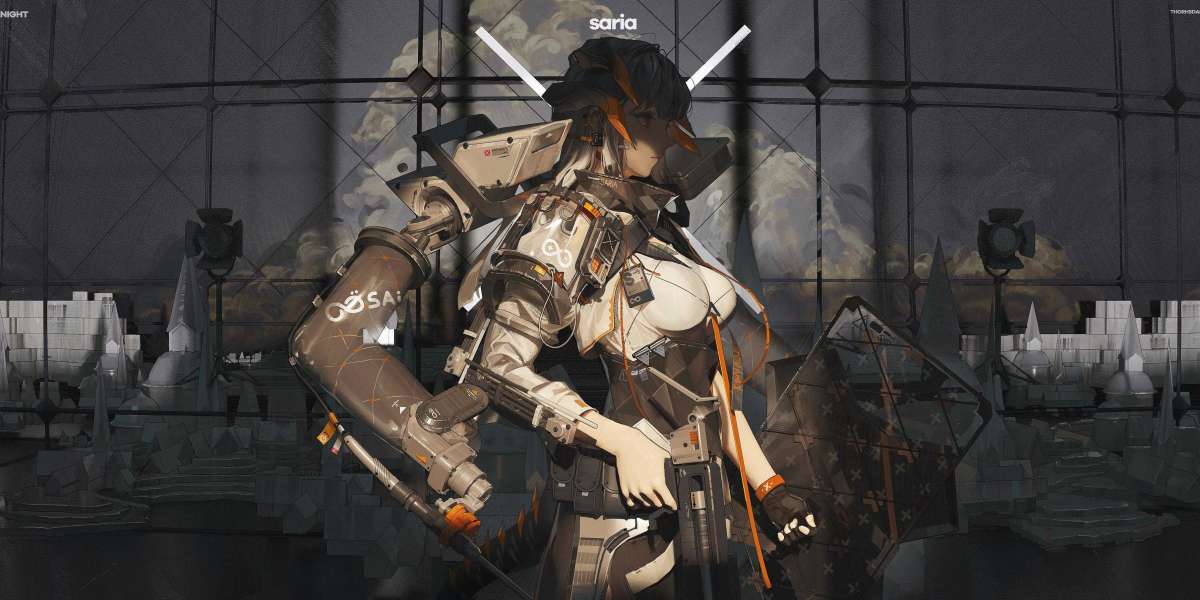Welcome, budding engineers, to another insightful blog post brought to you by AutoCADassignmenthelp.com! If you're here wondering, "Who can Do My Mechanical Drawing Assignment?" – fret not, for you've landed in the right place. Today, we delve into the depths of Mechanical Drawing, unraveling its complexities through master-level questions and expert solutions.
Understanding Mechanical Drawing
Before we dive into the questions, let's briefly recap what Mechanical Drawing entails. In essence, it's the universal language of engineers, architects, and designers. It's the art of translating ideas from the mind onto paper, utilizing precise measurements, scales, and symbols to communicate intricate designs and concepts.
Now, let's tackle some challenging Mechanical Drawing questions:
Question 1:
You've been tasked with creating a detailed orthographic projection of a complex mechanical component. The component comprises intricate geometric features, including holes, fillets, and chamfers. Develop a plan to accurately represent these features in your orthographic projection.
Solution:
To effectively depict the complex features of the mechanical component, we'll employ a systematic approach:
Identify Views: Begin by determining the primary views necessary to fully illustrate the component. Typically, this includes front, top, and side views. Additional views may be required for complex geometries.
Feature Representation: Utilize appropriate symbols and conventions to represent various features. Holes can be shown using standard symbols, while fillets and chamfers can be indicated with appropriate notations.
Dimensioning: Ensure precise dimensioning to convey the component's size and geometry accurately. Use aligned, chain, or baseline dimensions as appropriate, and avoid cluttering the drawing with unnecessary dimensions.
Detail Views: Incorporate detail views where necessary to highlight specific areas of interest, such as intricate features or assemblies.
By following this structured approach, you can create an orthographic projection that effectively communicates the complex geometry of the mechanical component.
Question 2:
You've been tasked with creating a 3D model of a mechanical assembly using CAD software. The assembly consists of multiple interlocking components with intricate mating features. Develop a strategy to efficiently model and assemble these components within the software environment.
Solution:
Creating a 3D model of a complex mechanical assembly requires careful planning and execution. Here's a step-by-step strategy:
Component Breakdown: Begin by dissecting the assembly into individual components. Identify mating features and interdependencies between parts.
Modeling Approach: Choose a modeling approach that best suits the complexity of the components. Utilize parametric modeling techniques to capture design intent and facilitate modifications.
Mating Features: Pay close attention to mating features such as holes, slots, and geometric tolerances. Ensure proper alignment and clearance between mating surfaces to prevent interference.
Assembly Sequence: Plan the assembly sequence to ensure smooth integration of components. Utilize assembly constraints and mates within the CAD software to accurately position parts relative to each other.
Verification and Testing: Validate the assembly through simulations and interference checks to identify any potential clashes or assembly issues. Make necessary adjustments to optimize fit and functionality.
By following this systematic approach, you can efficiently model and assemble complex mechanical assemblies within the CAD software environment.
In conclusion, mastering Mechanical Drawing requires a blend of technical knowledge, spatial reasoning, and attention to detail. Whether you're grappling with orthographic projections or navigating the intricacies of 3D modeling, our team at AutoCADassignmenthelp.com is here to assist you every step of the way. So, if you're ever pondering, "Who can Do My Mechanical Drawing Assignment?" – remember, we've got you covered!
For personalized assistance with your Mechanical Drawing assignments, feel free to reach out to us anytime. Happy drawing!
Stay tuned for more insightful posts from AutoCADassignmenthelp.com, your trusted companion in the world of engineering and design.








